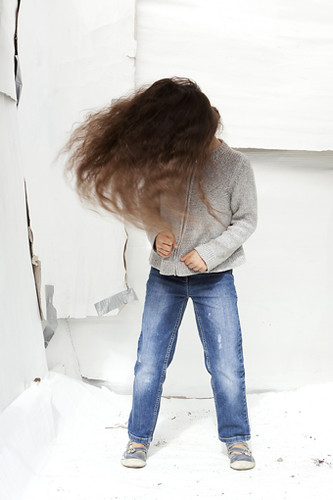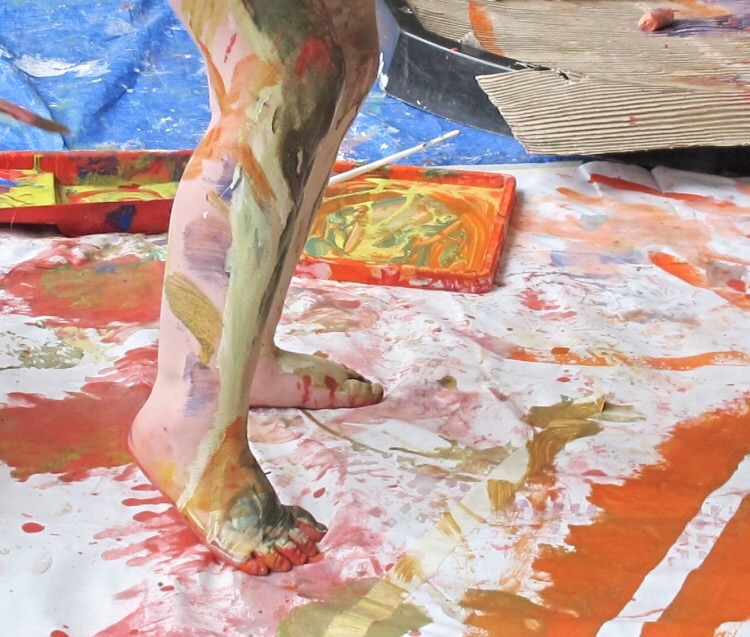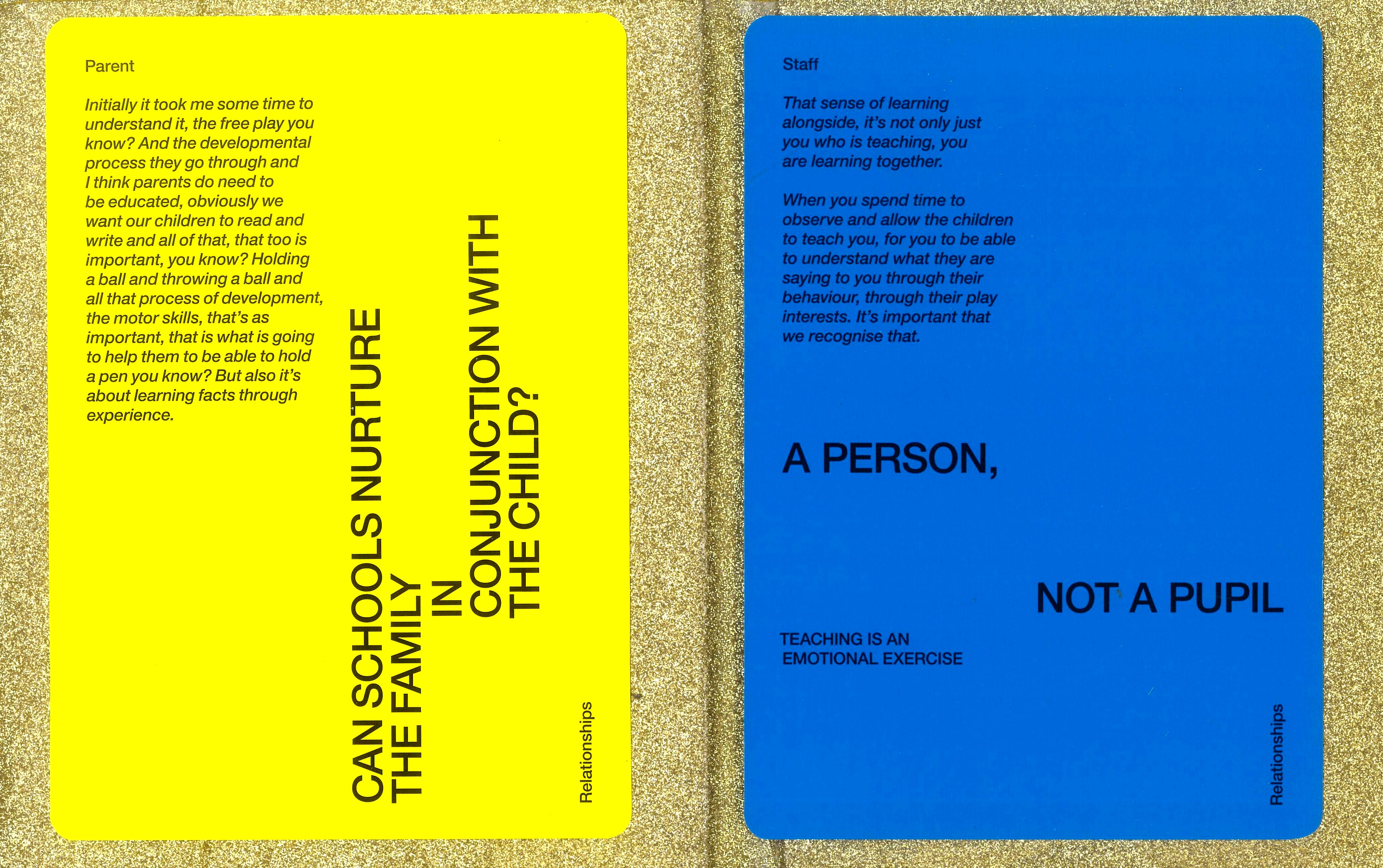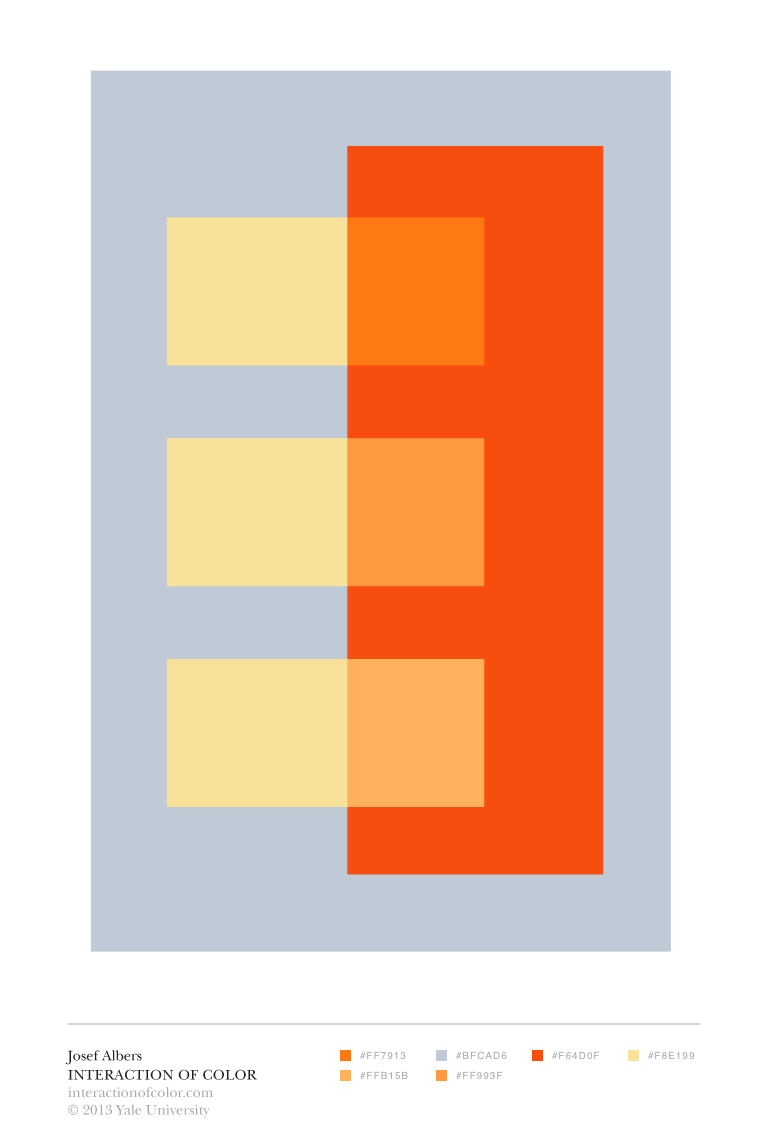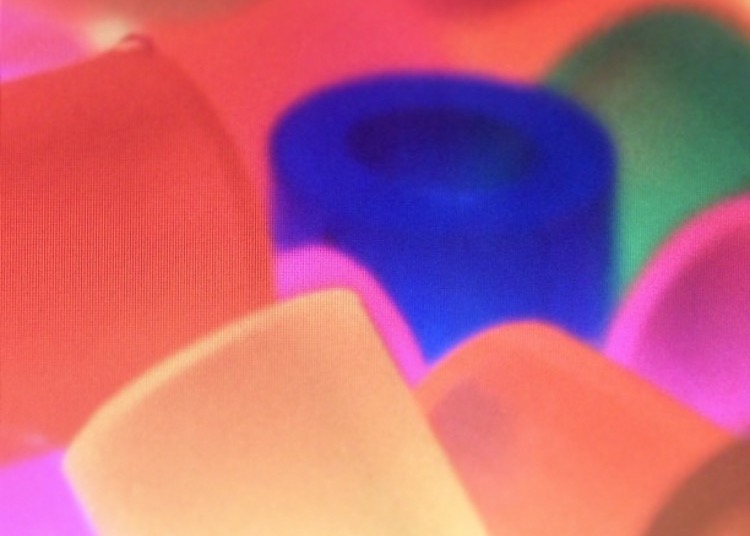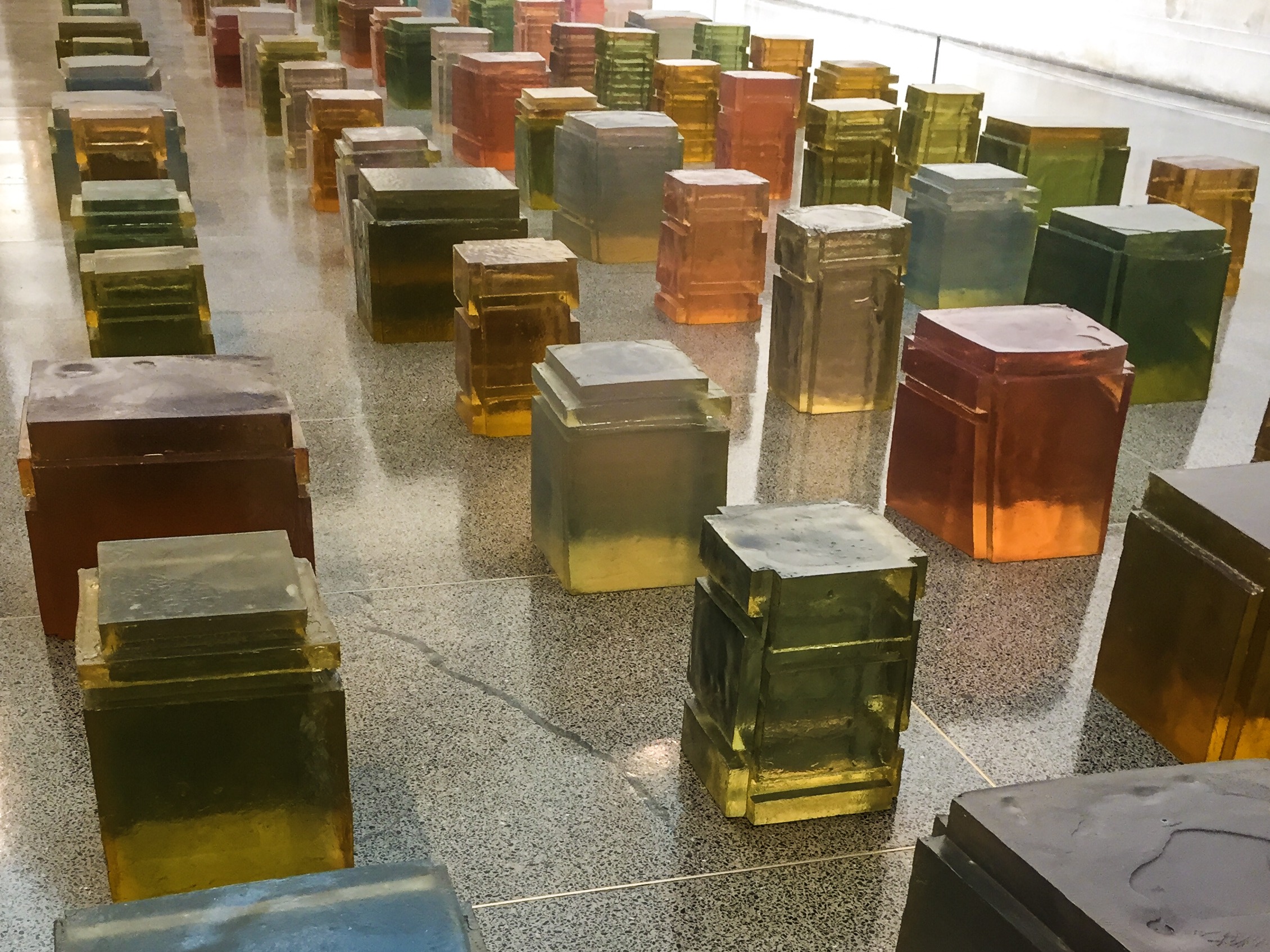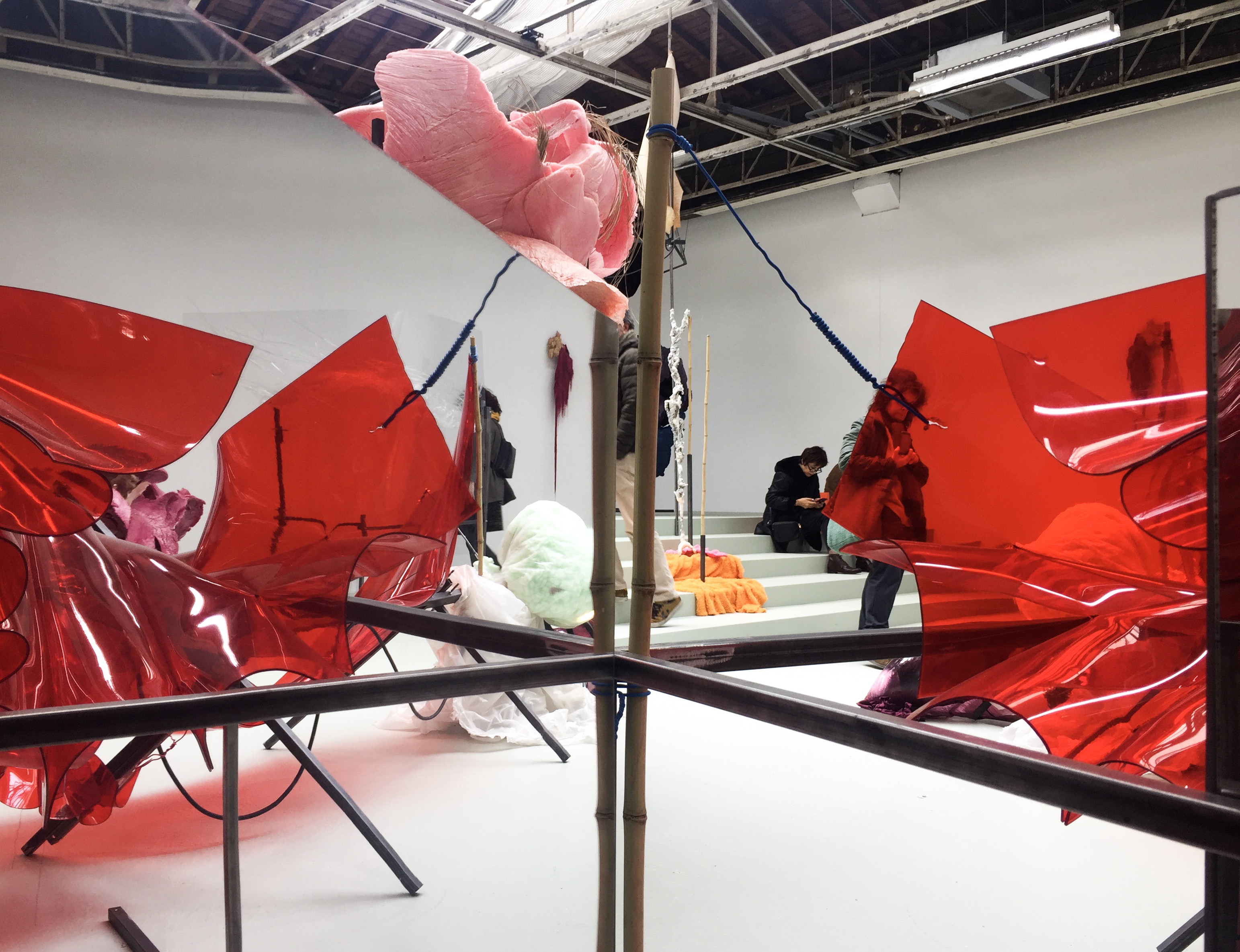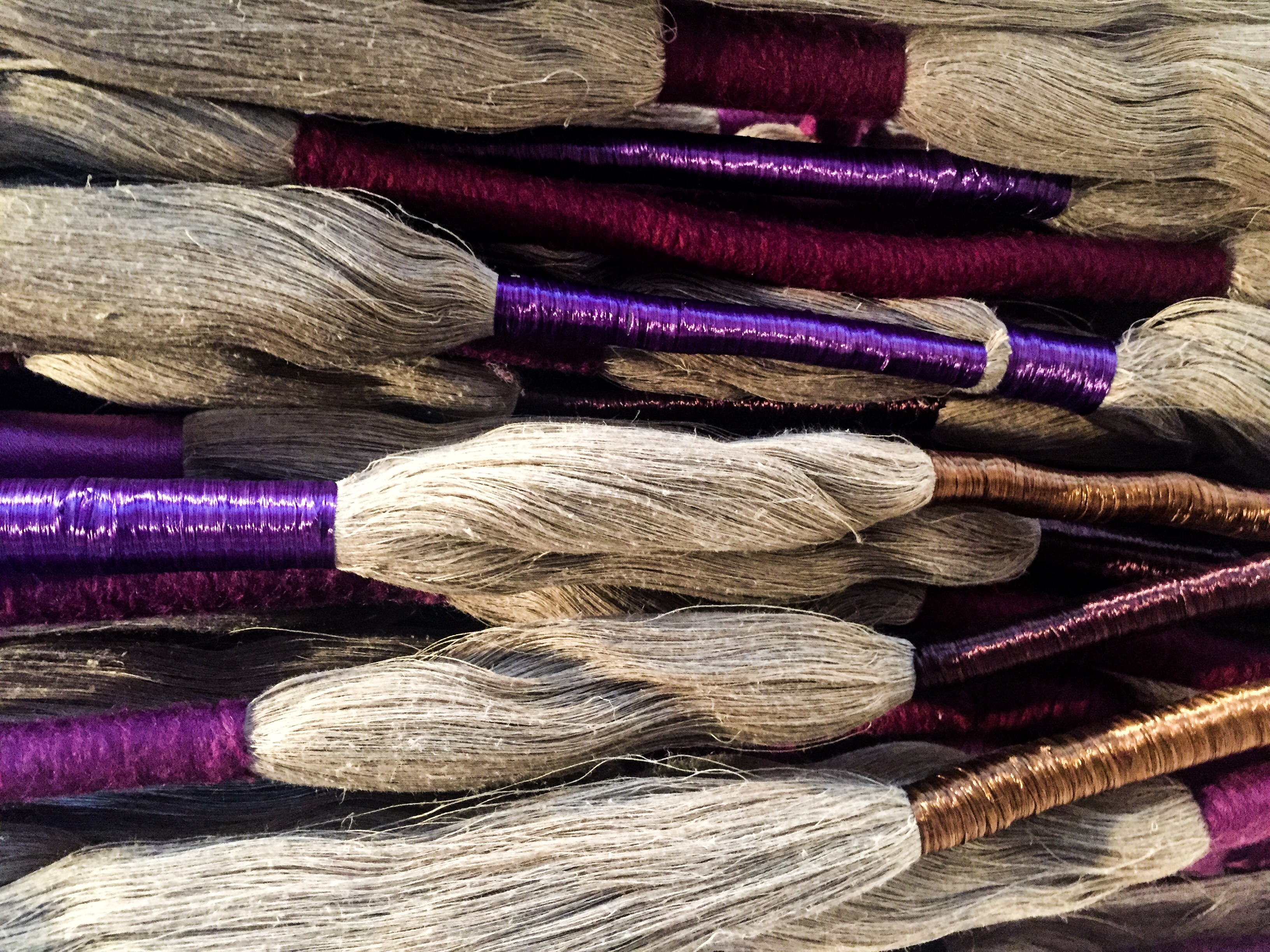Dance is an important part of both early childhood education and visual art. This post talks about why creative movement is important in children’s learning and introduces the work of Rudolf Laban, one of the pioneers of dance education. Dance in education and art In tribal societies, where no formal education existed, dance was used to tell stories and educate children. Like other art forms, it has also provided a means for people to come to terms with and express difficult feelings that could not be communicated through words. Dance is also a very important part of contemporary art with many major art museums staging specialized performances like you can see in the video below of Tate’s ‘If Tate Modern was Musée de la danse?’ https://www.youtube.com/watch?v=SaYSTQGDK7s Why is creative movement important in children’s learning? Anyone who has spent time with children will know that kids love to move and jump around.…
How to use demonstrations to support creativity
This post explores ‘demonstrating’ as a technique for facilitating children’s learning with and through art in museums.
Serpentine Galleries’ Play as Radical Practice toolkit
This post looks at Serpentine Galleries’ ‘Play as Radical Practice’ toolkit, a creative resource produced between the Gallery’s learning team, artist Albert Potrony and the Portman Early Childhood Centre (UK).
Josef Albers on the wonder of color in art education
This post discusses Josef Albers’ classic book ‘Interaction of Color,’ one of the most influential art and design texts of the 20thcentury. Albers was a painter, designer and educator who is regarded as a pioneer of Modernism. “Good teaching is more a giving of right questions than a giving of right answers” Josef Albers “In visual perception, a thing is never seen as it really is” Josef Albers Who was Josef Albers? Josef Albers (1888-1976) was a German-born artist, designer and educator. He firstly trained and worked as a primary school teacher before formally studying painting at the Royal Academy of Arts in Germany. He then taught at the revolutionary art school, the Bauhaus alongside renowned artists such as Paul Klee, Kadinsky and László Moholy-Nagy. Albers’ built his reputation as a both a renowned painter and object designer. When the Nazi’s forced the closure of the Bauhaus in 1933, Albers then migrated to America where he…
Where to get children’s budget art materials from
Finding materials for children’s art activities can be tricky. Whether you are trying to do this at home, in the classroom or in a community space, it can also be expensive. This post shares 3 hot tips for sourcing children’s art materials on a budget! Ideally, it would be fab if all art activities had infinite budgets. However, the reality is that often parents, teachers and artists need to be very imaginative and thrifty in finding materials. Having a limited or no budget is not necessarily the end of the world. Sometimes it can actually encourage adults to use their creativity to invent something cool from the limited resources they have. It creates a kind of ‘creative parameter’ to produce new ideas from. It is also be inspiring to note that many professional artists use inexpensive materials – what makes their work special is how they experiment with them. For this approach to…
Simon Nicholson’s theory of loose parts
In 1972 Simon Nicholson, the son of artists Ben Nicholson and Barbara Hepworth, presented the idea that young children’s cultural participation comes from the presence of open-ended ‘loose part’ materials that can be transformed in different ways. This post explores the key principles of the theory, including key debates surrounding it. What is loose parts theory? The term ‘loose parts’ was coined by Simon Nicholson, an English architect and artist. The loose parts theory was first presented in Nicholson’s article ‘the theory of loose parts: An important principle for design methodology.’ This theory rejects the idea that creativity is a characteristic of a select few. Nicholson claimed that people have been misled to think that creating artworks and buildings is so difficult that only highly gifted people can do it. In opposition to this, Nicholson argues that all people, including young children, are capable of participating in the construction of culture. Loose parts…
Children’s creative learning through the sculptures of Rachel Whiteread
This post looks at the art of Rachel Whiteread, a contemporary British sculptor who creates objects and spaces using different materials such as resin, plaster, concrete, rubber and plastic. Her works range from small-scale moulds of everyday objects such as hot water bottles to gigantic life-sized houses. Tate Britain in London recently exhibited a retrospective of her sculptures. As part of the show, her installation ‘Untitled (one hundred spaces)’ (1995) was displayed in the main entrance hall of the gallery. In this post, I use this artwork as a thinking tool for considering how its materials, tools and processes could be used to produce a children’s creative learning environment. This post is part of a series that aims to share innovative ways that artists are working with materials and how this may be used as a starting point for children’s creative learning. The first post in this series explored the…
Children’s creative learning through the art of Daiga Grantina
This post looks at Daiga Grantina’s installation ‘Toll,’ to consider how the sculpture could be used to design a children’s material-play environment. I am still recovering from the awesomeness of all the modern and contemporary art I encountered on my recent trip to Paris. A highlight was seeing Daiga Grantina’s gigantic, multi-media sculpture, ‘Toll’ at the Palais de Tokyo. In this post, I take a closer look at Daigna’s experimentation with materials in the installation. I then consider how this could be used as a starting point for children’s creative learning. This post is part of a four-part series looking at artist’s innovative ways of working with materials and how this can be used to support children’s creativity. The first two posts looked at the art of French sculptor, César Baldaccini and American textile artist, Sheila Hicks. Check them out if you have not already! Daiga Grantina is a Latvian-born…
Children’s creative learning through the art of Sheila Hicks
“It is so important to make every day. The discovery comes in the making.” Sheila Hicks Sheila Hicks is an American textile artist whose colourful, soft sculptures bring together material traditions from Western and non-Western cultures. I recently visited her exhibition ‘Lifelines,’ on display at the Centre Pompidou in Paris. I loved learning about her experimentation with colour and how this has been a constant creative force throughout her life-long textile practice. In this post, I draw on works from the exhibition to consider how these could be used as a starting point for children’s creative learning through play with materials. This post is part of a four-part series looking at how artist’s experimentation with materials can be used to support creative learning. If you have not already read the first explored the sculpture practice of César Baldaccini, check it out here. Chapultepec (2018). Linen. 24 components, each component 800 cm. Sheila Hicks…


